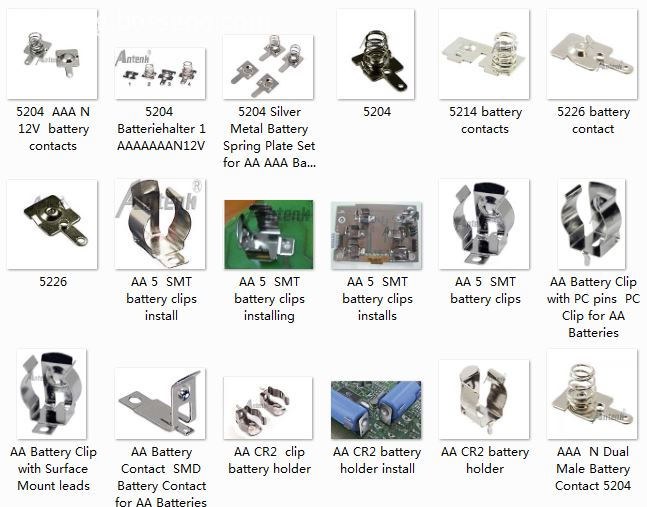Lead-acid batteries for electric vehicles generally have a life of 1.5 to 2.5 years, and the cost of replacing batteries has become the largest expense in the use of electric vehicles. So how to properly maintain and use the battery to extend the battery life?
1. Protect the charger
In order to reduce costs: the current chargers basically have no vibration-resistant design. After the charger is vibrated, its internal potentiometer will drift, causing the parameters to drift, resulting in abnormal charging status. Therefore, the charger should not be placed in the trunk and basket of the electric bicycle. When necessary, wrap the charger in foam plastic to reduce vibration and bumps. Keep the charger ventilated while charging.
Second, charge frequently, charge early
Many people think that the battery charge of an electric car is bad for the battery without being exhausted. In fact, this misunderstanding is caused by the daily household nickel-cadmium and nickel-metal hydride rechargeable batteries (such as cell phone batteries). effect. Most electric vehicles use "lead-acid batteries," which contain lead plates and acidic liquids, with different characteristics from nickel-cadmium and nickel-metal hydride batteries. During charging, these batteries produce lead oxides, while discharging is a reduction reaction that produces lead sulfate solutions. When the battery attempts to discharge and the lead sulfate concentration is too high, the battery is easily vulcanized, thereby reducing capacity. The way to avoid this situation is to charge frequently and avoid large current discharge.
The vulcanization process started after the battery was discharged, and obvious vulcanization occurred after 12 hours. If it is not charged in time, these sulfide crystals will accumulate and gradually form coarse crystal particles. The general charger is powerless to these coarse crystals, and the battery capacity will decline accordingly. Charging in time can eliminate minor vulcanization. Especially when the battery needs to be left for a long time, it must be fully charged and recharged regularly, generally every 1 to 2 months, as far as possible to keep the battery full.]
3. Pay attention to the charging environment to avoid overheating of the battery
Most chargers are designed according to the ambient temperature of 25 ℃, charging better at 25 ℃. But the summer temperature
If it is too high, the battery will automatically open the valve to exhaust, resulting in water loss, which will increase the concentration of lead sulfate solution in the battery and cause the battery to sulfide. Therefore, it is necessary to avoid exposure of the battery to the sun. When charging, it is best to put the battery and charger in a ventilated environment to avoid long-term overcharging.
Pay special attention to the winter in the north. When the battery enters the room from the outside, condensation will appear on the surface of the battery. In order to avoid battery leakage caused by condensation, charge the battery after the battery temperature rises close to the indoor temperature and dry.
4. Regular deep discharge
The battery is regularly discharged-once deep discharge, which is beneficial to "activate" the battery and can slightly increase the capacity of the battery. A general method is to periodically discharge the battery once. The method of full discharge is to ride to the first undervoltage protection under normal load on a flat road. After the first undervoltage protection of the battery, the voltage will rise after a period of time, and it will return to the non-undervoltage state. If the battery is used again at this time, the battery will be greatly damaged. The battery should be charged after it is completely discharged.
Fifth, riding an electric car correctly
Achieve slow start, slow acceleration, light load, constant speed. When large current is discharged, it is easy to cause transient lead sulfate crystals near the electrode, which will not only cause battery aging, but also consume energy. Therefore, don't turn the "electric gate" to the end when starting. Try to avoid rapid acceleration and overloading. The F amount should be driven at a constant speed according to the road conditions during cycling. Avoid braking for a while, accelerating for a while, and climbing hills for a while. When riding a pedal-powered electric vehicle, start, accelerate, uphill, or headwind, try to use the pedal to help, or slow down the uterine movement speed, in order to reduce the output power of the battery.
The best state is to slowly increase the secondary speed when going out, keep the speed at a constant speed on the road, let go of the "electric door" when it is close to the destination, and use the inertia to slow down the electric car to the day, which is the most power-saving . Of course, it is impossible to achieve such idealization in real life, so it is necessary for electric vehicle owners to try to choose the ideal environment and maintain good driving habits, thereby reducing battery power loss and life damage.
Cylindrical Battery Contacts Clips Springs
Antenk provides a wide variety of cylindrical Battery Contacts in various mounting styles
Antenk manufactures battery contacts, clips and springs for use with cases that have molded battery compartments, as well as for PCB mounting. These cost effective contacts allow a Battery Holder to be designed right into the body of the device while guaranteeing strong electrical connectivity with MPD's high quality battery contacts and springs. Antenk makes contacts and springs for use with all popular battery sizes, as well as some generic contacts for use with other types of cells.
Cylindrical Battery Contacts Clips Springs Features
Available in surface-mount, through-hole, and custom mounting options
RoHS 2 compliant
Used in conjunction with AAAA, AAA, AA, C, and D batteries

Cylindrical Battery-Contacts And Clips
Battery Holder,Cylindrical Battery Contacts ,Cylindrical Clips,Cylindrical Contacts, Battery Contacts,AAAA Contacts,AAA Contacts, AA Contacts, C Contacts
ShenZhen Antenk Electronics Co,Ltd , https://www.antenk.com